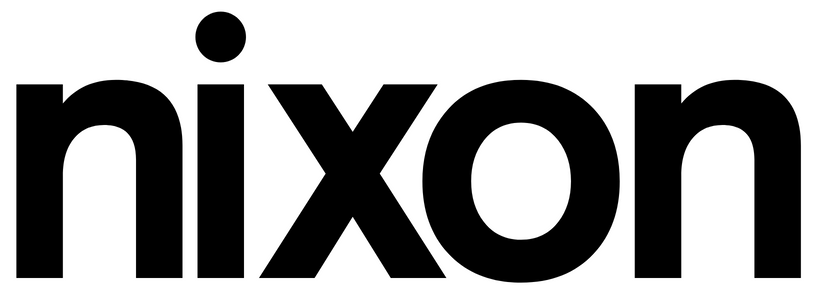Posted by Alex Hawker
In part one of our series on web content, we looked at why it's important to take a content-led approach to design. In this post, we’ll look at the five main things you can do to make your writing effective on the web. People don’t want to spend too long reading on your website, but it’s also important that they’re given all the information they need. Well-written web content should be…
1. Easy to skim
Reading from a screen is more difficult than reading from print, so instead of taking in an entire body of text, most people will jump around a webpage until they spot the key piece of information they’re looking for. Make this easy for them by dividing content into sections with clear and relevant subheadings. You should also be economical with your words and make sure that you don’t repeat yourself, as this will waste the reader’s time and dilute your messaging.
Readers will look at your introduction first to find out what a page contains. Make sure it covers the most important points, and then use later paragraphs to go into further detail as required.
2. Good for SEO
Make sure your web content is living up to its potential by researching and writing keywords to boost visibility on search engines. As well as including them in the meta descriptions and titles, try to place them in introductions and body copy to make the page even more visible. Make sure the keywords flow naturally into the copy and serve the message, instead of trying to fit them in random places.
Keep web content as short as you can. Not only is this nicer for the reader, but search engines also prefer it – so it’s good for SEO. Paragraphs of around 80 words work best, and you should try to keep sentences under 35 words.
3. Clear and accessible
It’s tough for us to say, but you shouldn’t actually be overly creative or too intelligent when writing copy for the web. Your reader shouldn’t have to work hard to understand what you’re trying to say, and if they do, they’ll quickly lose interest or feel isolated by you. Use plain English to make your writing clear and accessible to all.
Speaking of accessibility, you should take some time to make sure your page is usable for visually impaired readers. When you use an image, add clear alternative text (alt text) that accurately describes the contents of the picture. Alt text is yet another SEO booster.
4. Legible and credible
For the sake of readability, make sure you avoid using too much formatting on your text. Bold and italics are hard to read, and unnecessarily underlining text leads to readers thinking there should be a hyperlink where there isn’t one, which can make it seem like your site isn’t functioning properly.
You can show that your brand is credible through your attention to spelling and grammar. If your website’s full of errors and inconsistencies, your reader may question your reliability. By making sure everything is presented correctly, you’ll become more believable as an expert in the minds of your readers.
5. Easy to act on
Every page on your website should serve its own purpose – and that means it should have its own call-to-action. Developing a strong call-to-action to round off a page concludes the content nicely and gives your reader a place to go next.
For example, a restaurant page might have a number to call and book a table, or a page about holiday properties could have a ‘Book your stay now’ button. Whatever the purpose of the page, make it easy for the customer to continue their journey after they’ve learnt about your product or service.
If you’d like more tips, or you'd like us to take the reigns and write your website content for you, get in touch with our content strategy team.

